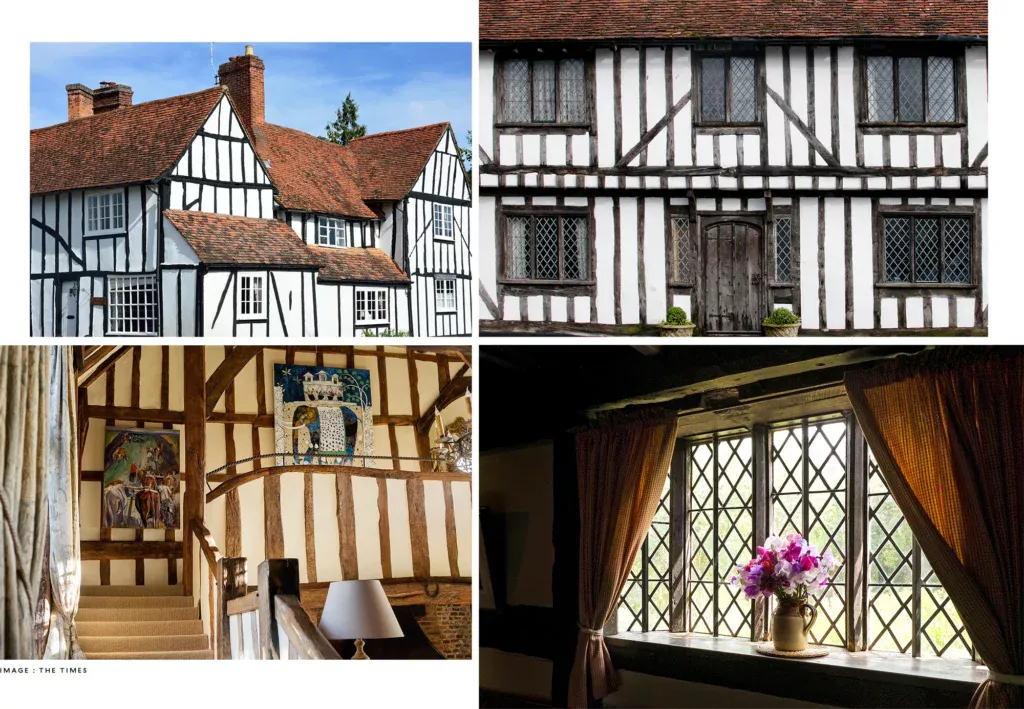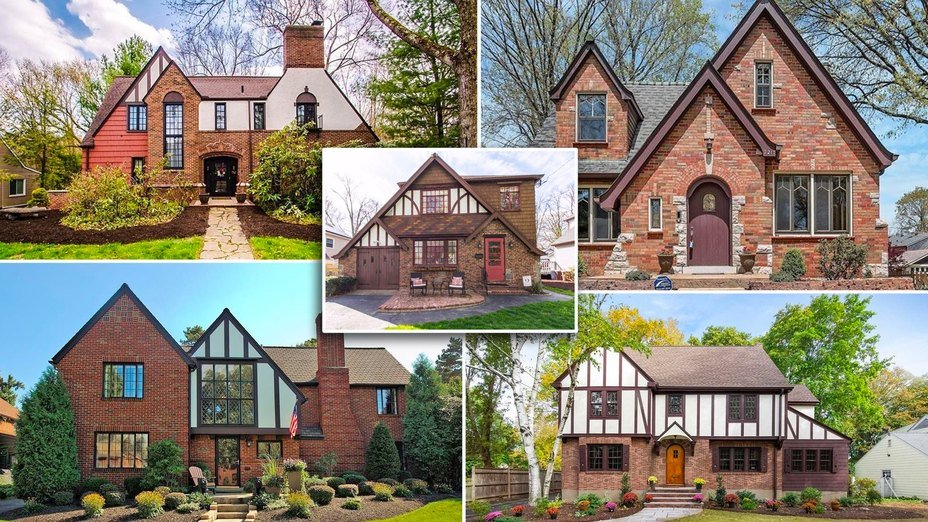When you picture a Tudor-style home, you probably imagine the dramatic contrast of dark timber beams against white stucco. When you think of a cottage, you see something smaller, cozier, and perhaps covered in climbing roses. While both styles share a deep connection to English history, their aesthetics and origins set them apart.
Tudor Architecture: The Bold & Dramatic Look
The Tudor style is a nod to the final phase of Medieval English architecture (roughly 1485–1603). The Tudor Revival style, which became popular in the early 20th century, took these imposing features and adapted them for modern homes, creating a distinctive and highly recognizable facade.

Key Identifying Features of a Tudor Home
In short, Tudor architecture, especially the Revival style, aims for a look that is sturdy, imposing, and visually dramatic, echoing the manor homes of late-medieval England.

English Cottage Architecture: The Quaint & Cozy Look
The English Cottage style is rooted in the much older tradition of vernacular architecture—the simple, practical homes built by and for rural working-class families using local materials. This style is less about a formal “era” and more about an enduring, rustic aesthetic. The modern Cottage Revival style embraces this quaint, storybook charm.
Key Identifying Features of an English Cottage Home
In short, English Cottage architecture aims for a look that is charming, rustic, unpretentious, and perfectly integrated with nature.
The Key Difference: Grandeur vs. Charm
The main distinction comes down to the style’s original purpose and visual impact:
- Tudor (Revival): Draws inspiration from the manor houses and grand homes of wealthy gentry. It is designed to look strong, ornate, and structurally significant, with the half-timbering demanding immediate attention.
- Cottage (Revival): Draws inspiration from simple, rural dwellings. It is designed to look cozy, quaint, and harmonious with its natural surroundings, with less emphasis on dramatic structural elements like half-timbering.
While both styles often use steeply pitched roofs and may even mix materials like brick and stone, the presence of half-timbering is the most immediate and defining characteristic that separates the Tudor style from the simpler English Cottage.
Which style speaks more to your inner architecture enthusiast—the stately grandeur of Tudor or the welcoming charm of the English Cottage?



